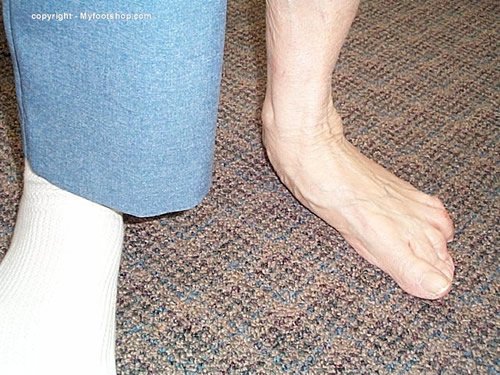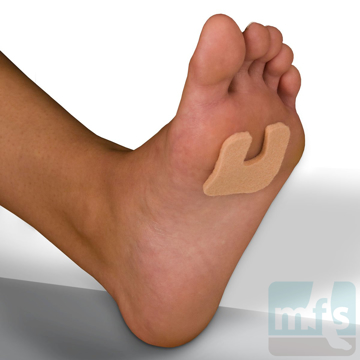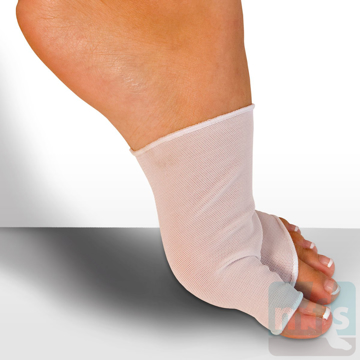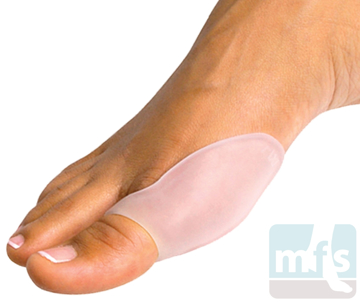What happened to the dysfunctional aspect of posterior tibial tendon dysfunction? 
A proposal for modification of the Johnson and Storm classification of PTTD.
I met with a patient this week who came to my office upon the referral of his physical therapist who told him that he had posterior tibial tendon dysfunction (PTTD). The patient had no pain and was able to walk quite well but did have a long history of flat feet. Is this really PTTD?
PTTD is classically defined as an important cause of adult-acquired flatfoot. (1) The literature states the earliest description of PTTD was by Kulkowski in 1936. (2) Johnson and Strom, in 1989, described the staging system used today to describe progressive change in the PT tendon. (3) A review of other early papers describing posterior tibial dysfunction all describe a symptomatic, progressive change in the posterior tibial tendon.(1,2,3,4,4,5,6) Their papers discuss degenerative changes of the posterior tibial tendon and treatment options.
But again, my patient, who was referred to me for PTTD, was asymptomatic. Is this just semantics, or is there a slow progressive cooptation taking place here?
As a podiatrist, I’ve struggled for years with the insurance coverage issue related to flat feet. Many insurance companies deny coverage for flat feet as an exclusion to their coverage. But in the 1990s, orthopedics realized that lower extremity health was a neglected aspect of care, and as a result, they developed a focus of care with fellowship-trained orthopedic specialists. But these new specialists didn’t fight with insurers over flat foot coverage. They simply called this condition PTTD. This was a very smart way to leapfrog over the issue of non-covered services.
Fast forward to today – what is PTTD? Has the definition of PTTD changed? What used to be a staged definition of degenerative change of the posterior tibial tendon, as defined by Johnson and Storm, now seems to be a definition for loss of the medial arch by both acquired and congenital reasons.
This new definition of PTTD now begs the question; do we need a new classification? In my practice, I’ve begun to use a modified version of the Johnson and Storm classification that includes stage 0. Stage 0 is asymptomatic, congential dysfunction of the posterior tibial tendon that shows no progression.
- Geideman WM, Johnson JE. Posterior tibial tendon dysfunction. J Orthop Sports Phys Ther. 2000 Feb;30(2):68-77.
- https://www.myfootshop.com/article/posterior-tibial-tendon-dysfunction#Tab3
- Johson KA, Storm DE. Tibialis posterior dysfunction. Clin Orthop Relat Res 1989;239:196-206.[PubMed]
- Myerson MS. Treatment of dysfunction of posterior tibial tendon. J Bone Joint Surg Am 1996;78:780-92.
- Sheldon SL, Berkman AR. Tendon problems of foot. Mizel MS, Miller RA, Scioli MW, editors. , Orthopedic knowledge update. Rosemont, IL: American Academy of Orthopedic Surgeons; 1998. pp 253-278.
- Supple KM, Hanft JR, Murphy JR, et al. Posterior tibial tendon dysfunction. Semin Athritis Rheum1992;22:106-13. [PubMed]
Jeff
Medical Advisor
Myfootshop.com
Updated 12/24/2019















